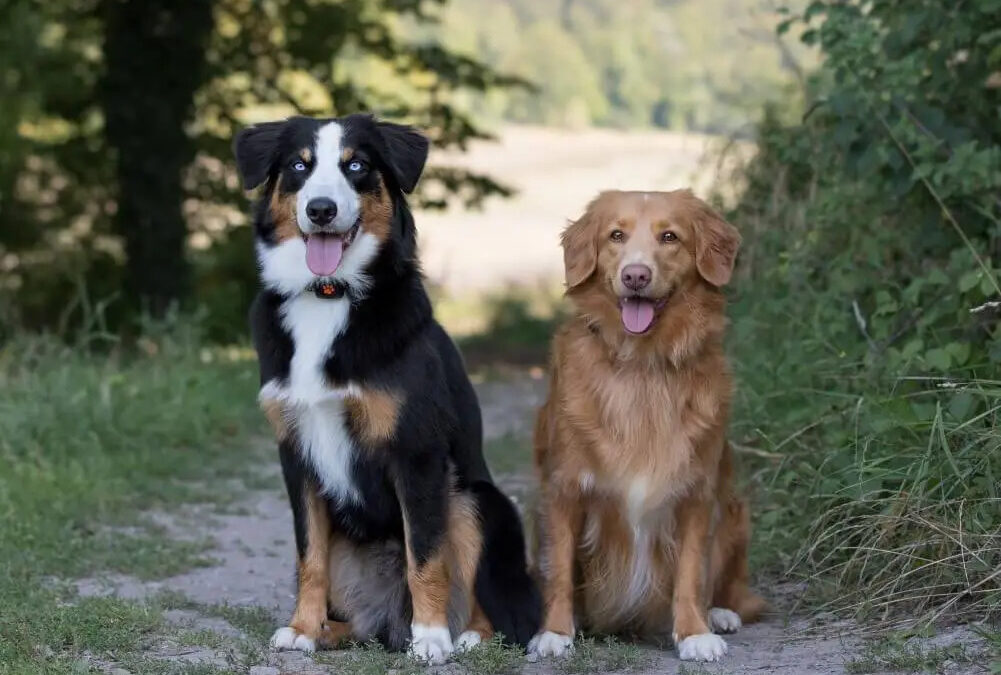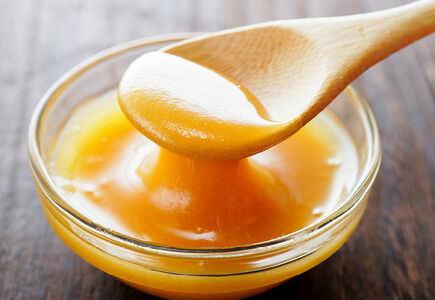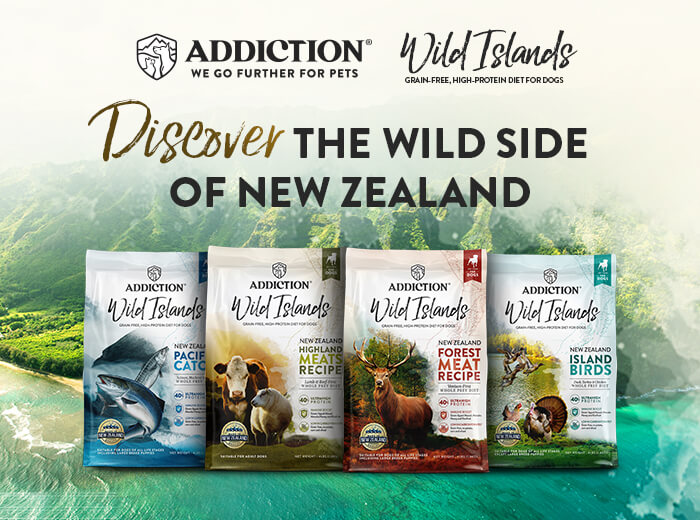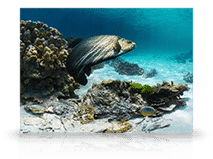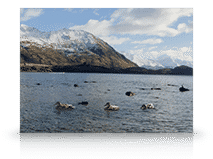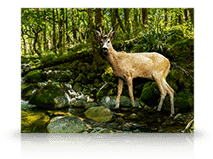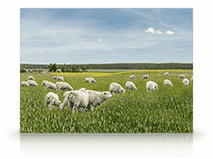Have you ever seen your dog act very anxiously and panicky every time you’re about to leave the house?
Does he chew on furniture, your clothes, or shoes while you’re away?
Is he very excited whenever you come back home from work, to the point that he’s panting, salivating, or wetting himself?
If you answered yes to all of these, your buddy may have separation anxiety.
What is separation anxiety?
Dogs are social creatures and it’s normal for them to get emotionally attached to people, particularly with anyone who feeds and treats them well.
But when a dog gets overly-attached to its owner and feels stressed when left alone by the person he’s most bonded with, this is called separation anxiety.
This condition is serious and may leave many pet owners frustrated, especially if the dog shows uncontrollable signs, like
- excessive howling, barking or whining
- chewing on items with his person’s scent
- too much drooling and panting
- wetting himself despite being trained
- scratching windows or doors with an attempt to escape
Helping your anxious dog
As much as it can be annoying to see a mess in your house, or have neighbors complain about your noisy dog, remember: punishing your anxious dog won’t make him feel better.
Aside from not being able to make a connection out of your punishment and something he did a few hours ago, he’d only feel extra anxious because you’re upset with him.
Be patient and try to support your dog instead. If his anxiety attacks are mild, try leaving him a treat dispensing toy, with a tasty snack like Addiction’s Meaty Bites to keep him busy as you leave home. Make sure that you are only giving this toy to him while you’re away, and keep it hidden once you’re back.
Also, consider leaving him with a few items carrying your scent to calm him down whenever he feels anxious, like an old shirt, a shoe or similar personal items.
Training your pet to manage his anxiety
You can also train your dog to get used with your occasional absence.
Observe how he reacts to certain things that you do when you’re about to leave, like picking up your keys or putting on your coat.
If he feels uneasy, do these things without actually leaving the house. Pick up your keys and stay within his sight without any interaction until he calms down.
If your dog begins to get used to it, start gradually getting out of his line of sight. Make sure he feels relaxed and ask him to stay put. When he’s ready, try going into another room and close the door behind you. Come back as soon as he becomes anxious. Repeat this while increasing the time you’re away.
As soon as you can tell that he’s getting comfortable when you’re away, start giving him treats before leaving. Remember to remain calm each time you leave and return.
What to do if his anxiety worsens
If the problem persists, consult your vet. He’ll likely test your dog for underlying conditions that might be causing separation anxiety. While doing so, inform your vet about any drugs or medications that your dog is currently taking.
Remember, happy dogs live a healthy lifestyle. Make sure he’s getting a lot of exercise. Play fetch or go for a walk before you leave for work. This way your dog will feel happy yet too tired to be anxious the moment you leave.
Discover Addiction Foods selection of nutritious and tasty treats
Learn tips to strengthen bonds between you and your pets




